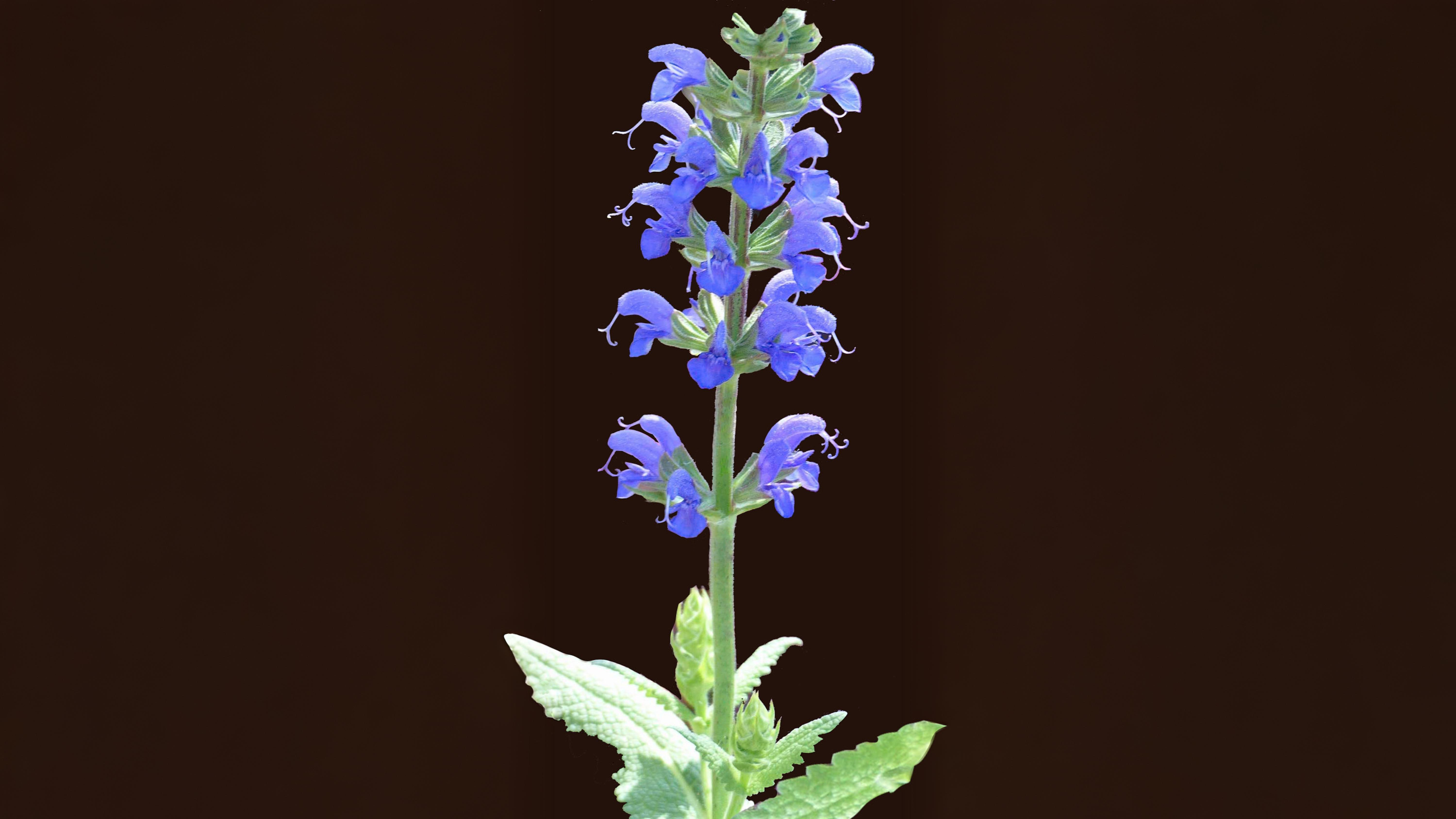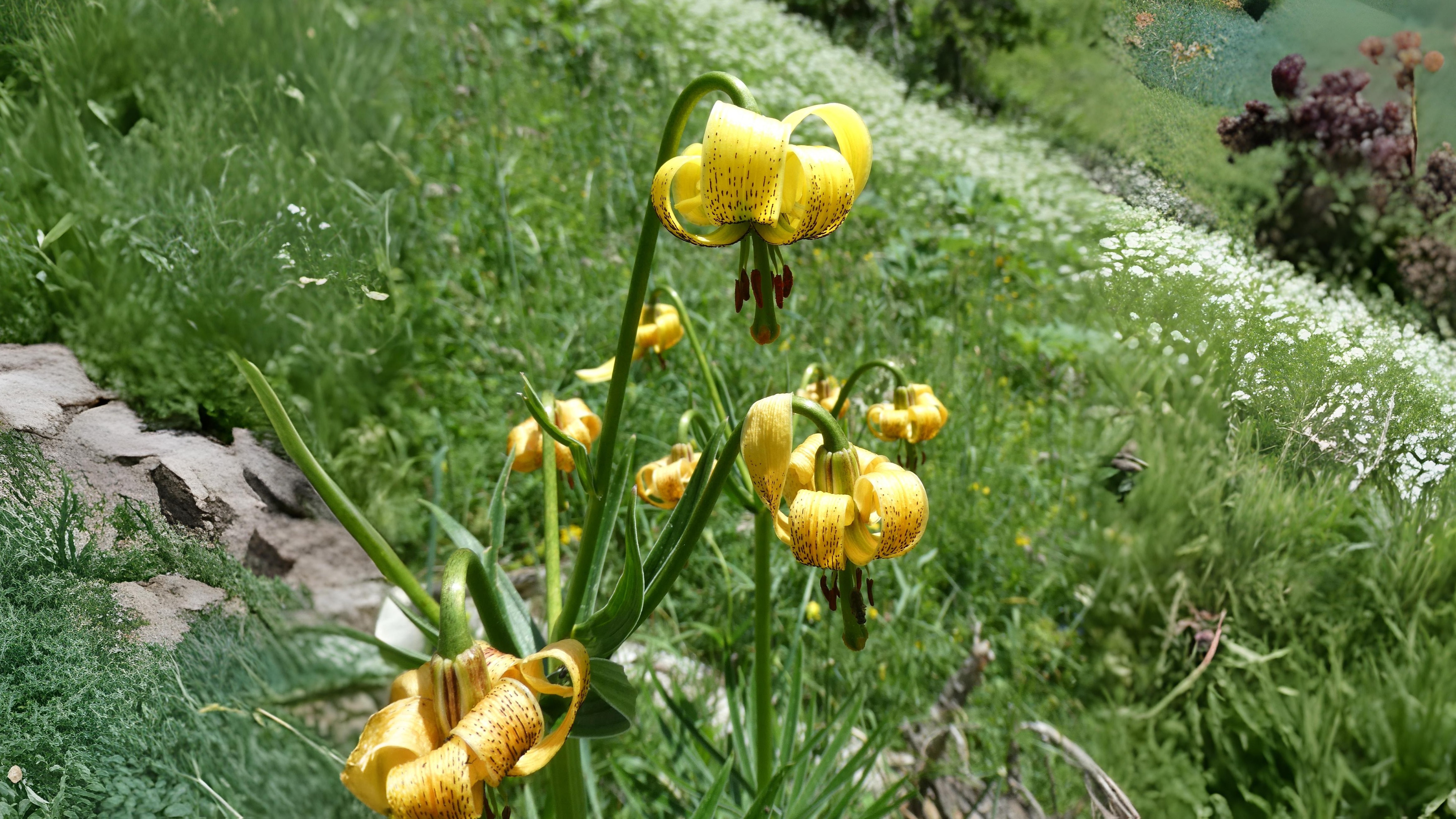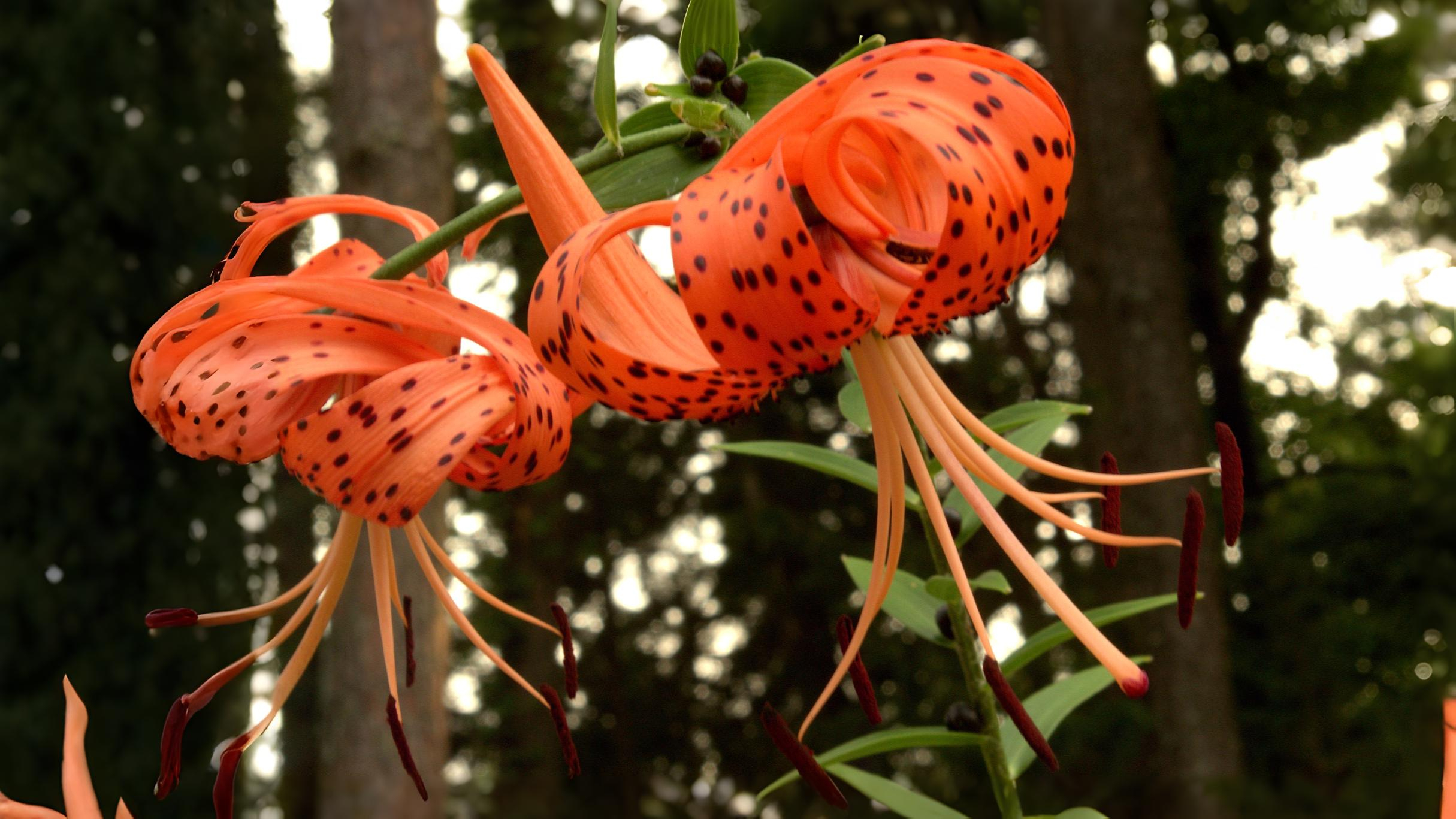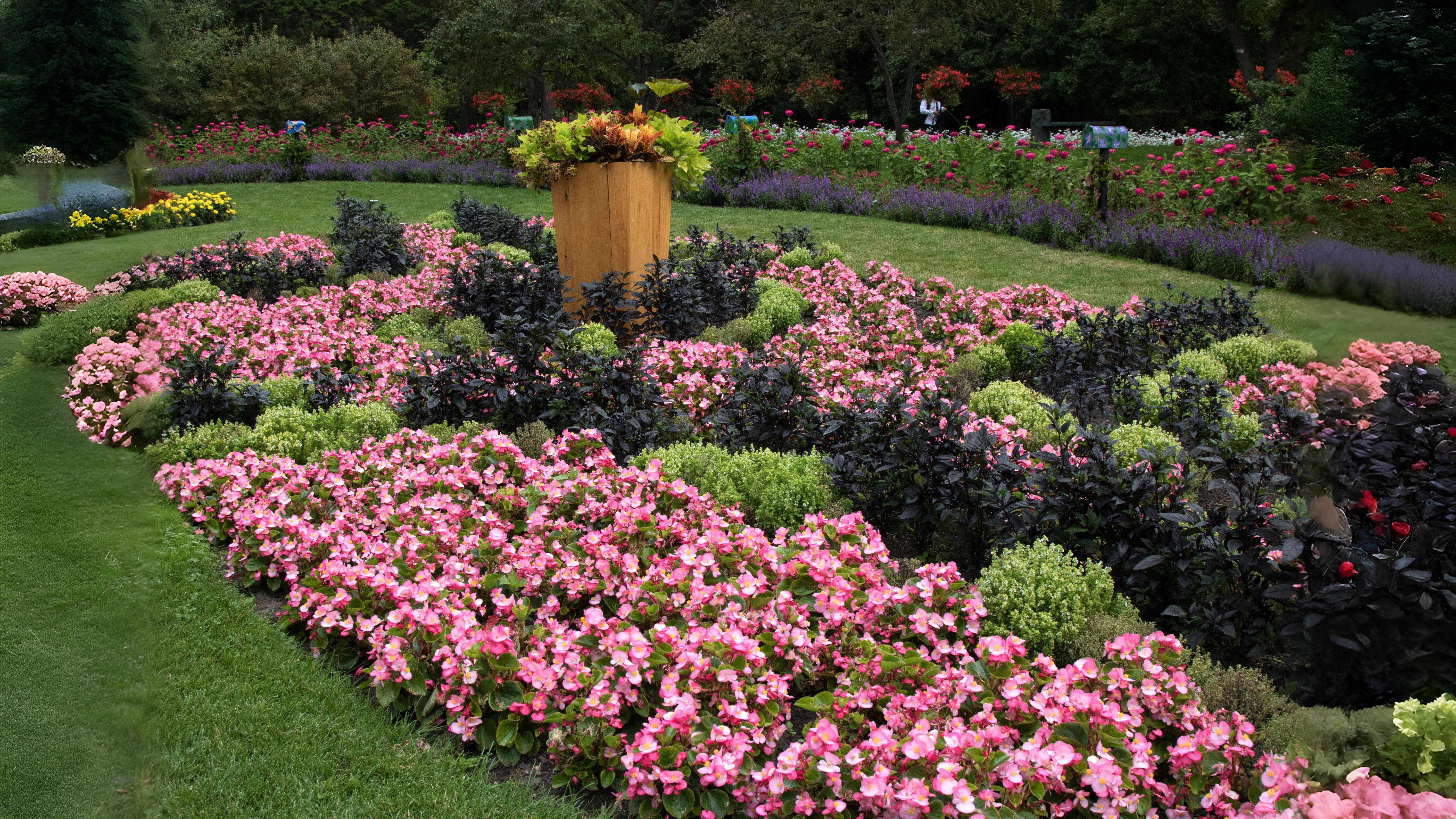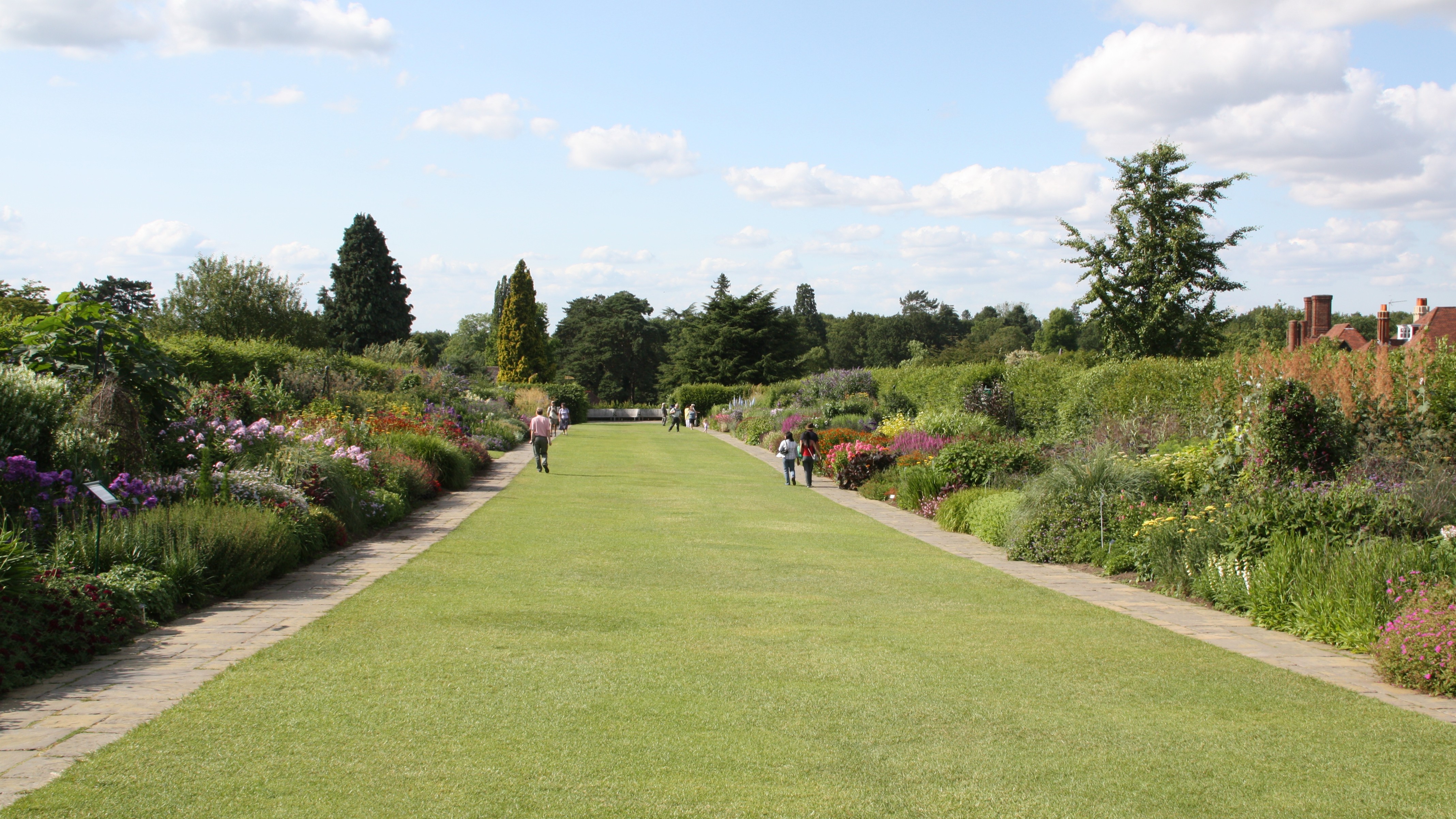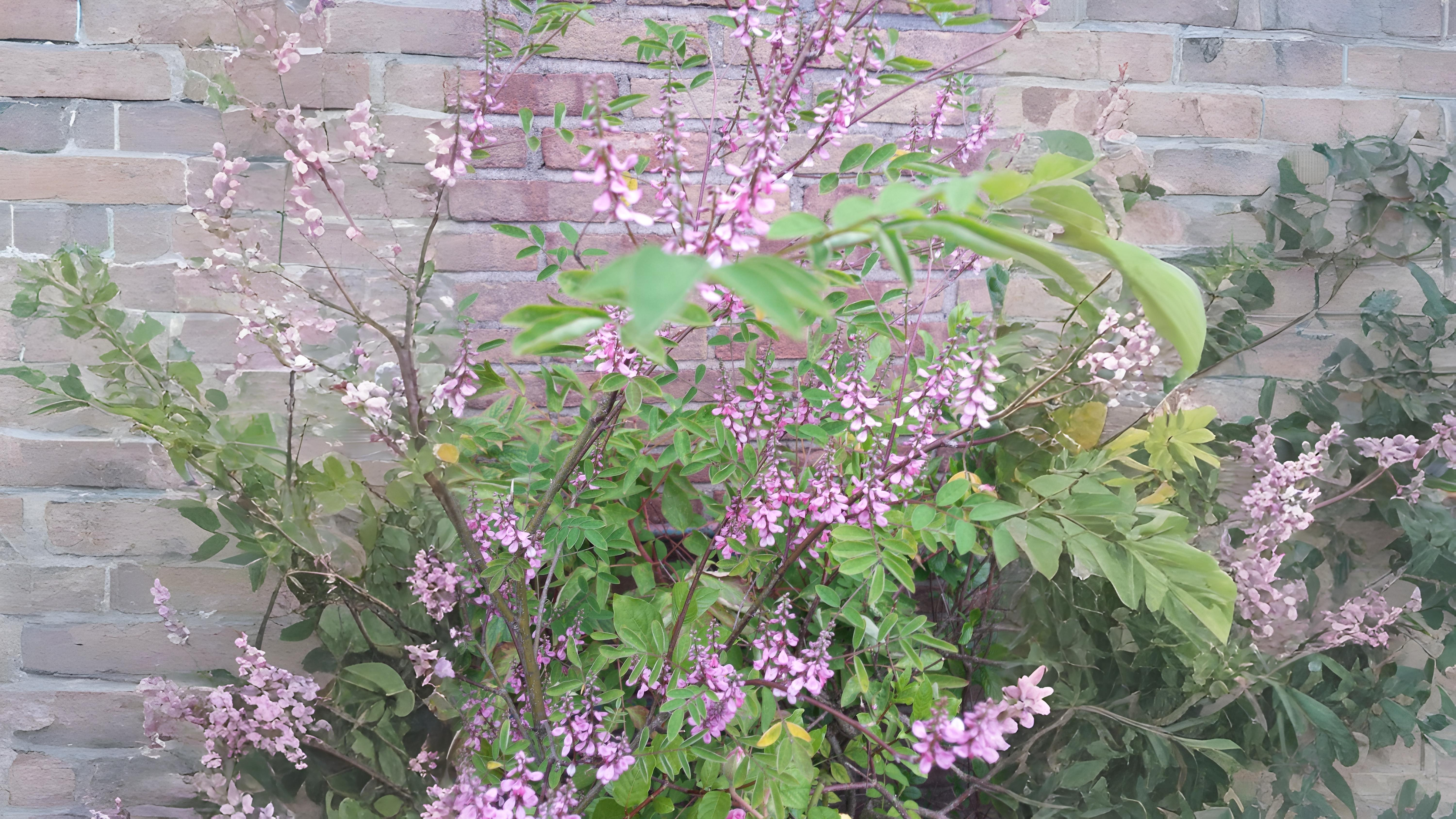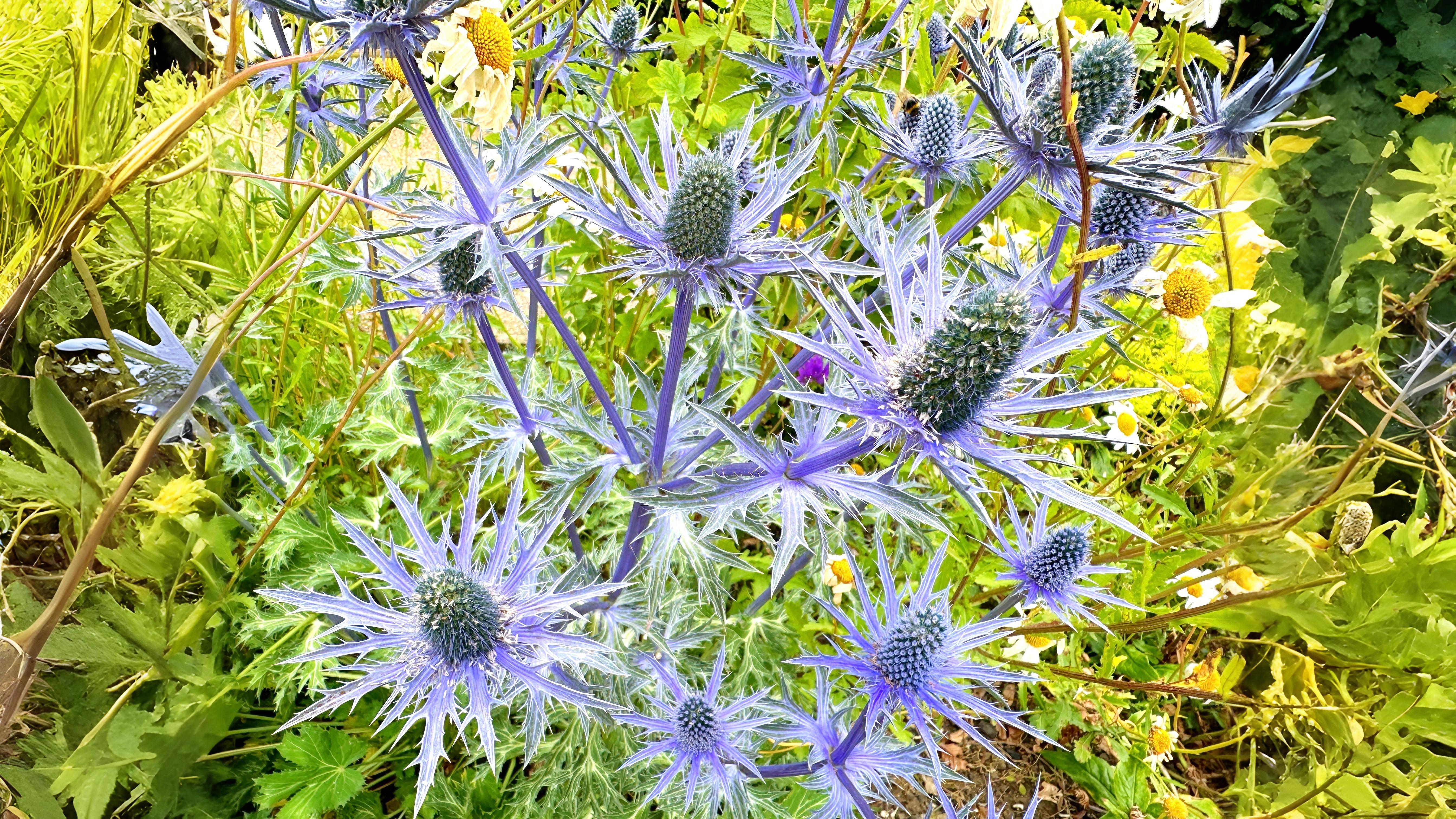
This month, London’s gardens explode with color—but behind every petal lies a wild story. Discover how Crusaders smuggled hollyhocks in their saddles, why a Sicilian monk sparked Britain’s sweet pea obsession, and how Victorian "lily hunters" braved avalanches to bring back towering regal lilies. Return on 15 July to uncover the rogue botanists, stolen seeds, and floral espionage that shaped the city’s gardens—including the phantom "Miss Wilmott’s Ghost" that still haunts Chelsea today.
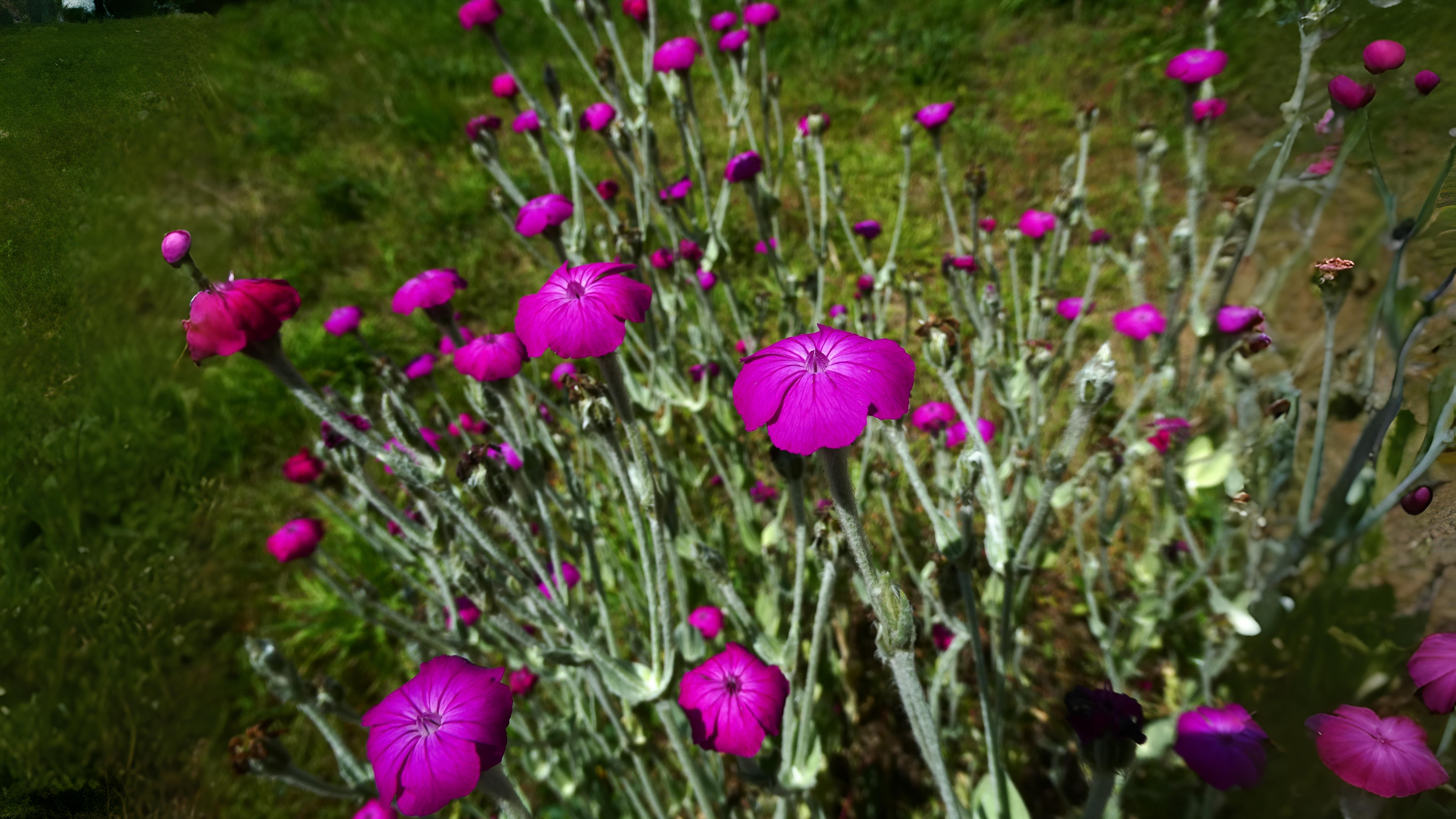

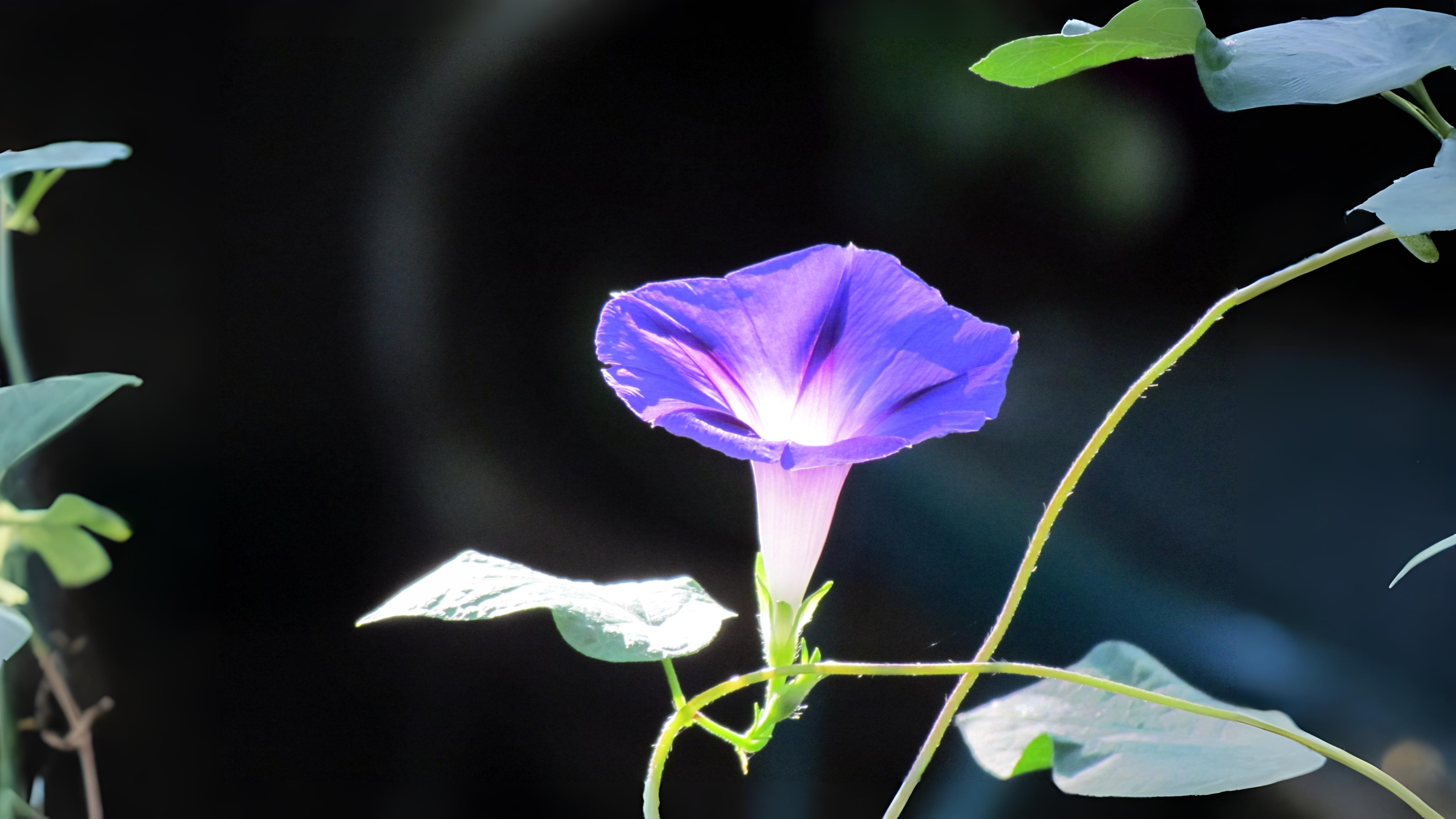

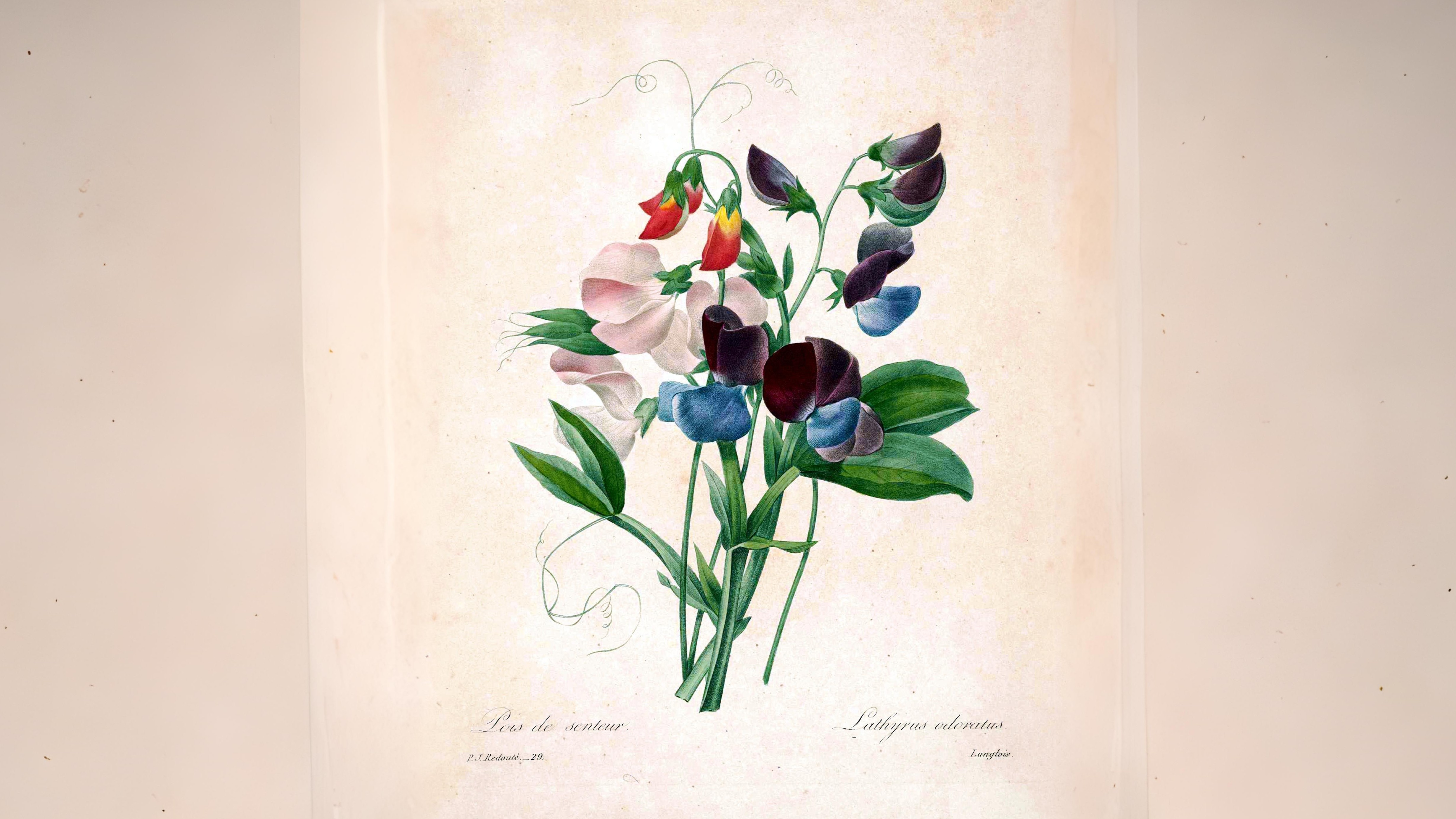

Lilies, because of their size, beauty and heavy scent are thought to be among the first flowers to have been removed from the wild and put in gardens. Some believe the martagon lilies in Nower Wood, Surrey are a relic population left by the Romans who used to eat the bulbs and use their juice to treat their corns.
